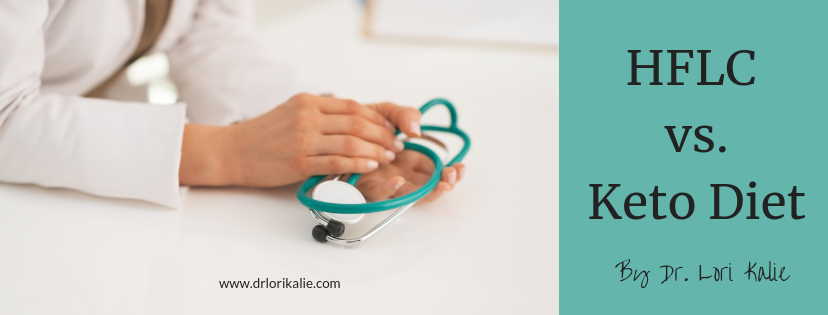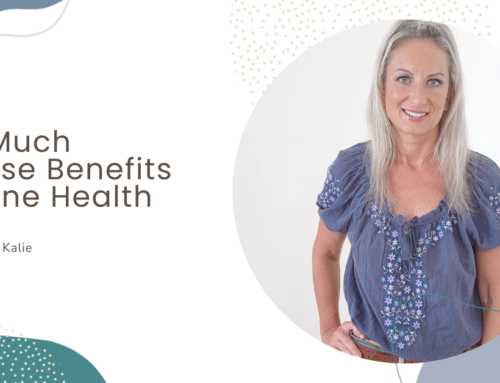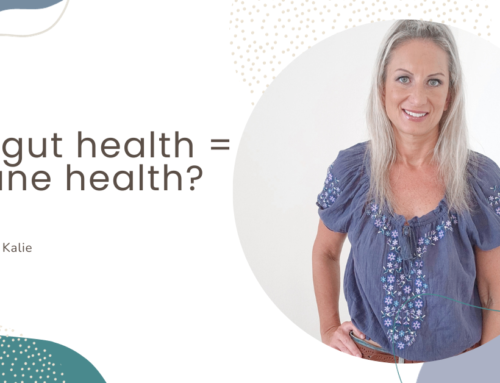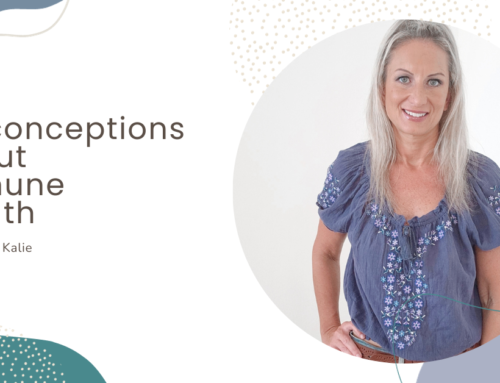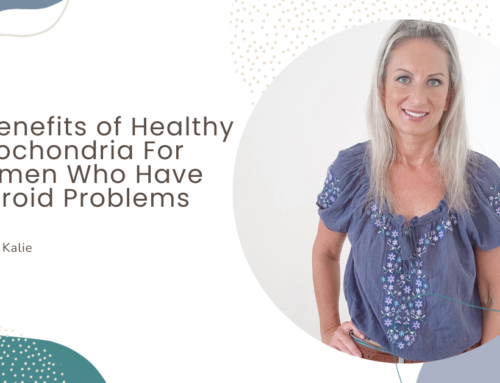It may seem like everywhere you turn the ketogenic diet, or keto for short, is being hailed as a miracle diet for weight loss and increased energy levels.
Keto is the “it” diet of the moment, but before you decide to jump on the bandwagon yourself, let’s take a look at what this diet is all about.
Keto is an extremely low-carbohydrate diet that replaces carbohydrates with moderate amounts of protein and large quantities of healthy fats. The keto diet was originally developed to help manage seizures in children – really!
Anyone can eat fewer carbs and more fat, but doing so doesn’t necessarily mean you’re following a true ketogenic diet. Keto is one example of a low-carb diet, but not all low-carb diets are ketogenic.
The truth is, there’s a lot of confusion around what constitutes an actual ketogenic diet vs. a high-fat low-carb (HFLC) diet.
Both diets begin with reducing carbohydrate intake and increasing fat intake. So, what’s the difference?
It all boils down to ketosis – a metabolic state where your body uses fat instead of glucose as its main source of energy.
Ketosis is the main goal of a ketogenic diet. Your body prefers glucose as fuel, so the slightest change in daily carbohydrates or protein (yep, the body can make glucose out of protein when there’s enough of it) can shift the body out of ketosis and back to running on glucose.
The exact breakdown of macronutrients needed to keep your body in ketosis varies from person to person because we each have unique metabolisms.
The only way to know whether you’re in ketosis is to monitor your body’s ketone levels (via urine or blood testing strips). If you’re trying keto but not tracking your macronutrient intake and ketone levels, you’re probably following more of a HFLC diet.
A HFLC diet is less strict and focuses more on eliminating unhealthy carbohydrate sources, like refined grains and sugary foods, and including more whole foods, including healthy fats, moderate amounts of protein, some whole grains and fruit, and vegetables.
Here’s a run-down of the main differences between ketogenic and HFLC diets:

- Ketogenic
- Main goal – induce ketosis
- Primary fuel source is fatty acids and ketone bodies from fat
- Requires strict breakdown of macronutrients to maintain ketosis
- Very little carbohydrate – usually 5-10% of total calorie needs
- Moderate amounts of protein – about 20% of total calorie needs and NOT a free for all!
- Lots of healthy fats (think avocado, nuts, olives, coconut, oils, and grass-fed butter and meats) – about 70% of total calorie needs
- HFLC – high-fat low-carb
- Main goal – reduce carbohydrate intake, but not necessarily induce ketosis
- Primary fuel source is usually glucose from carbs and/or protein
- No precise breakdown of macronutrients – less strict and many variations
- Typically includes moderate amounts of carbohydrates and protein
- Carbohydrate sources shift from refined and starchy, like pasta and sweets, to complex, like sweet potatoes
Whether you choose to follow a HFLC diet or the more rigid ketogenic diet, decreasing carbohydrate intake and increasing fat intake are linked to the following health benefits:
- Weight loss
- Improved blood sugar and insulin levels
- Decreased blood pressure
- Improved HDL/LDL cholesterol ratio
So, what do you think – are YOU ready for the HFLC and/or keto life? Perhaps just a taste with a a great HFLC- and keto-friendly recipe? Try a spin on an old classic!
Download my FREE e-book, “Love Your Thyroid”. You will learn about foods and supplements that will nourish your thyroid and help to reverse your thyroid condition. Download here.
Join my free Facebook group for help with reversing thyroid conditions here.
Follow me on social media to get more health tips!
Find me on Facebook here.I’m on Instagram everyday. I post many, many health tips and inspiration a couple of times a day here. Plus, I have fun on Insta Stories! Follow me here.My Pinterest boards have many great thyroid tips and healthy recipes. Follow me here.
RECIPE
Avocado Egg Salad
Ingredients
4 large eggs, free range
1 medium avocado
2 tbsp real mayonnaise
1 tbsp each fresh dill and chives, finely chopped
Juice of ½ lemon
Salt and pepper to taste
Dash smoked paprika
Romaine lettuce leaves, for serving
Preparation
1. Hard boil eggs with your preferred cooking method, then cool, peel and chop cooked eggs.
2. In a medium mixing bowl, mash pitted avocado with mayonnaise, herbs, lemon juice, and salt and pepper.
3. Add chopped eggs to avocado mixture and toss to combine. Serve egg salad immediately wrapped in lettuce leaves or chill and then serve. Best eaten same day.
REFERENCES
Healthline: The Ketogenic Diet: A Detailed Beginner’s Guide to Keto
Healthline: The LCHF Diet Plan: A Detailed Beginner’s Guide

